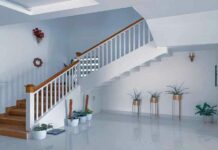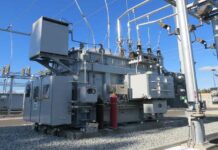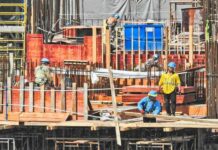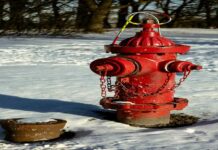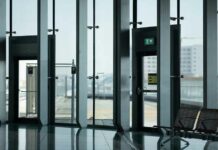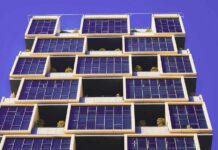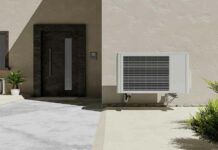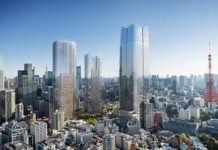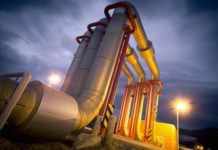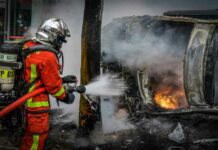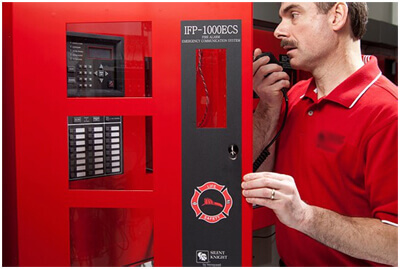When it comes to fire safety, many of us take it for granted. We assume that our homes and office buildings have the appropriate measures in place to keep us safe from fires. The truth is there are dozens of elements that must be present to meet international building codes.
From smoke and fire doors to fire alarms and exit signs, there are many aspects to consider when it comes to fire safety. That’s why it’s so important to be aware of the measures that are necessary to ensure your home and office are as safe as they can be in the event of a fire.
In this article, we’ll share 10 ways that international building codes are helping to ensure fire safety. These codes can help you make sure your homes and buildings are certified sage.
10 Ways International Building Codes Promote Fire Safety
You must ensure international building codes are in place to help ensure fire safety in homes and buildings. Here are 10 ways that international building codes help to ensure fire safety:
1. Materials
Building codes require that materials used in construction be at least flame-resistant or flame retardant and self-extinguishing. For example, high-temperature wires and cables are required to be fire retardant, and foam plastics must meet certain smoke, flame, and toxicity criteria.
2. Fire Alarms
Fire alarms must be installed in all buildings so that occupants can be alerted in the event of a fire. The fire alarms must be tested regularly to ensure they are working properly. Companies like Allied Fire & Safety can provide your home or building with proper alarm installation.
3. Fire Doors
Fire doors are required in all buildings, and they must be able to provide protection from fire and smoke. The fire doors must be made of materials that can resist heat and smoke. High-quality fire-rated metal doors can control the spread of fire and smoke for up to 3-hours in buildings.
4. Sprinkler Systems
Sprinkler systems must be installed in all buildings, apartment buildings, and some homes to help stop fires from spreading. The sprinkler system must be connected to an adequate water source, and the pipes must be inspected regularly to ensure they’re in good condition.
5. Stairwells
Stairwells must be enclosed in walls and constructed of materials that can resist heat and smoke. Stairwells must have emergency lighting that is activated when the fire alarm is triggered. They should readily connect to an outside door or a roof-installed fire escape.
6. Smoke Detectors
Smoke detectors must be installed in all buildings to detect smoke in the air and alert occupants of a fire. Smoke detectors must be tested regularly to ensure they’re working. Occupants must change the batteries in their smoke detectors every six months or at least once a year.
7. Fire-Rated Walls
Fire-rated walls are required in all buildings to help stop the spread of fire and smoke from one room to another. The walls must be made of materials that can withstand heat and smoke for a particular amount of time, such as mineral wool, calcium silicate, brick, concrete, or cement.
8. Exit Signs
Exit signs must be clearly visible in all parts of the building so that occupants can quickly and safely leave if there’s a fire. The exit signs must also be illuminated and brightly lit in the event of a power outage. All emergency exits can’t be blocked by furniture or locked on the inside.
9. Fire Escapes
Fire escapes must be provided in all multi-level buildings so that occupants can escape safely in the event of a fire. The fire escape must be made of materials that can withstand heat and smoke and frequently inspected. The hatch should be easy to open for all occupants.
10. Fire Extinguishers
Fire extinguishers must be readily available and accessible in all buildings so that occupants can easily fight small fires until the fire department arrives. The fire extinguishers on site must be for the appropriate type of hazard and must be in good working order at all times.
In Conclusion…
By following the instructions outlined by international building codes, you can ensure your homes and buildings are protected from fire. Always make sure to do your research and check that your building meets the necessary safety standards to keep you and your occupants safe!




